MissionOS creates common data environments for construction, hosting geometric objects and managing project data
MissionOS creates common data environments for construction, hosting geometric objects and managing project data
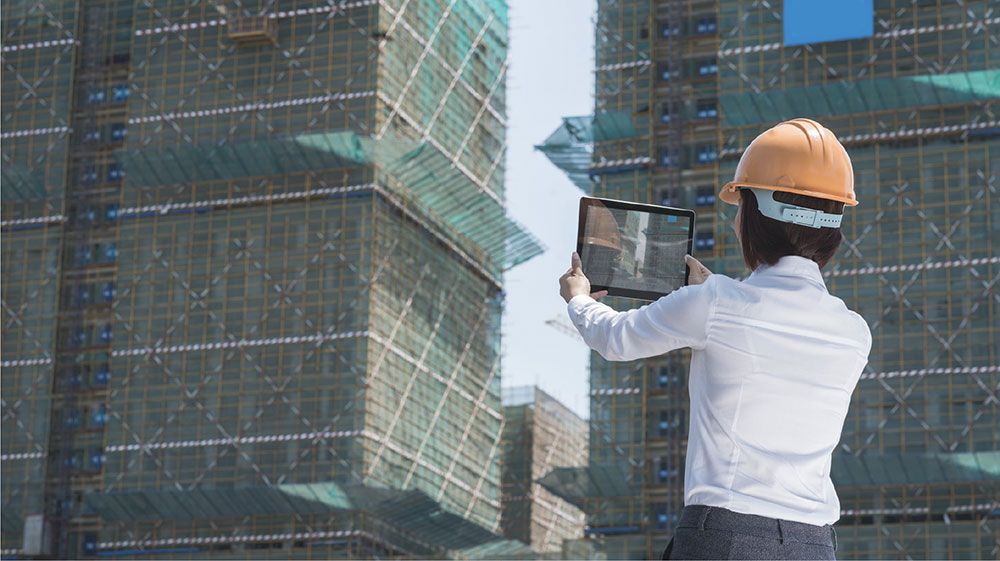
MissionOS has the capability to create comprehensive common data environments for construction works. Whilst it is not a CAD programme and is not used to create design drawings, it hosts a wide variety of geometric objects describing elements of construction and manage all the associate metadata for your project.
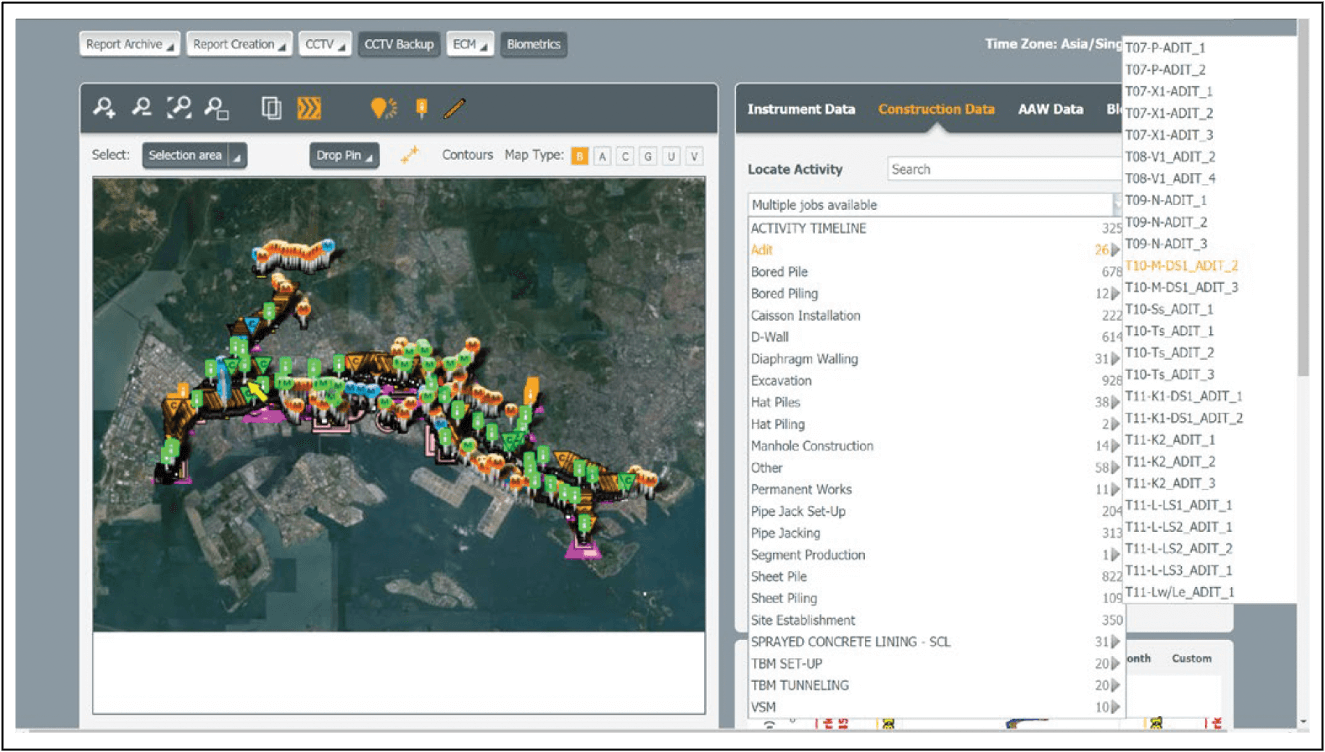
MissionOS combine the best elements of GIS with the reality of 4D BIM. Job elements are organised according to a hierarchical structure which aligns with project programme and BIM object structures.
Subjob -> Job -> Parent-> Master
For an example of DWall piling:
Bite -> Panel -> Dwall -> Site
This simple, yet powerful structure facilitates the creation of site records including time shift reports and associated metadata and for the tracking of project progress.
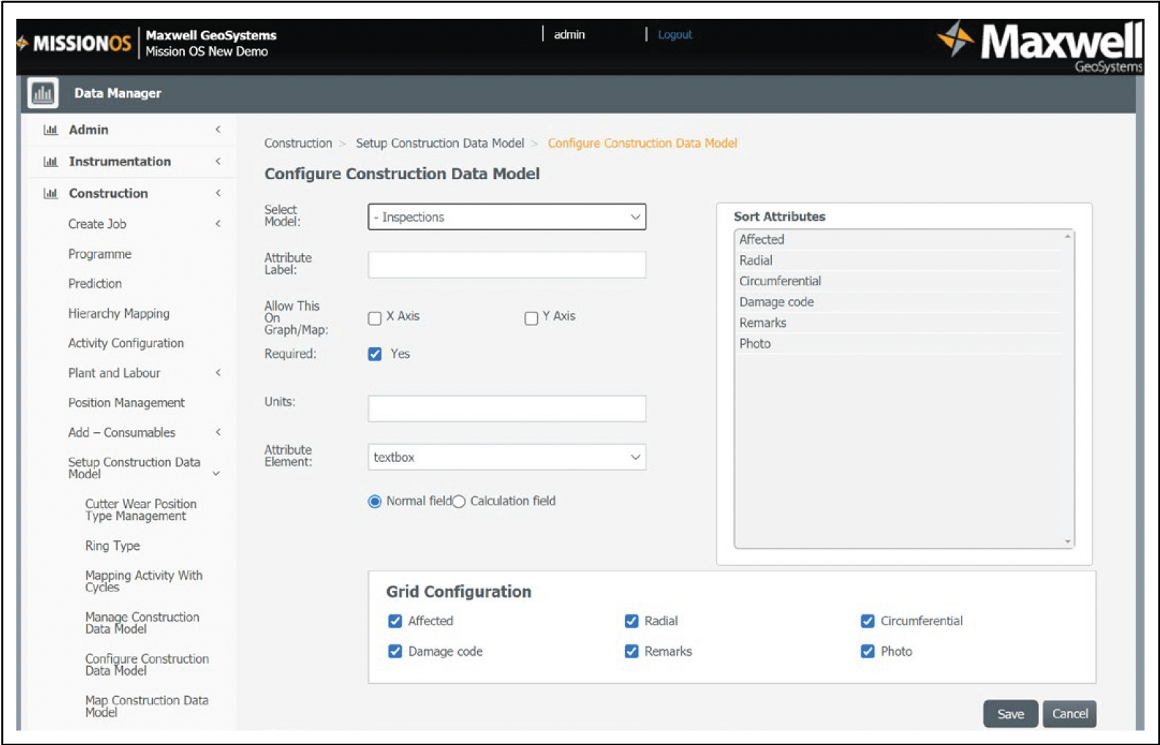
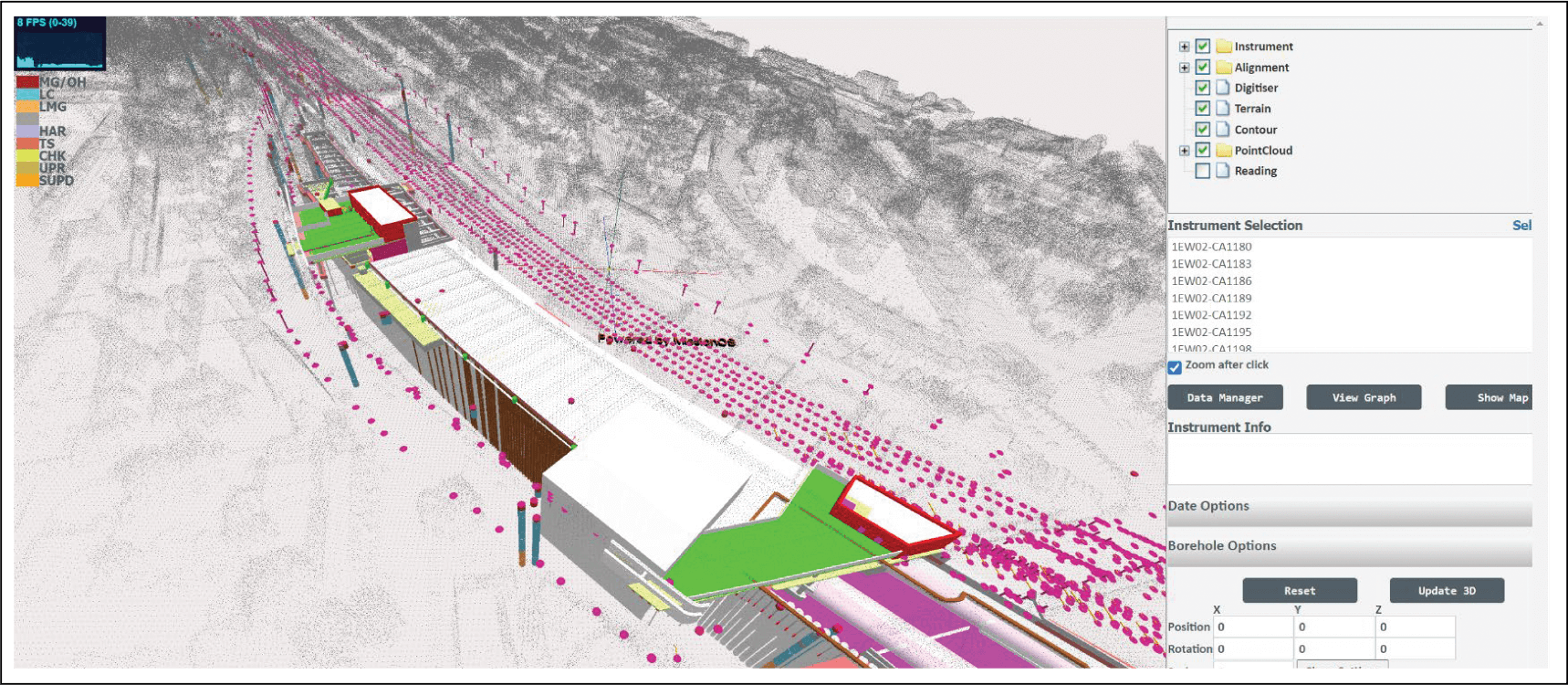
MissionOS job hierarchies and time management are configurable, and the associated metadata can be created to support any BIM level of detail.
MissionOS can retrieve job data from 2D drawings or schedules. Data from BIM authoring packages can also be imported via platform neutral IFC files. On import MissionOS extracts and simplifies geometry to optimise it for web viewing.
The same system can also create IFC files for returning to the BIM drawing environment to update the models.
MissionOS is structured to enable the BIM object status to be classified according to design status. Only jobs in status “For Construction” can receive progress. MissionOS automatically extracts objects from the BIM and recreates them within structures and metadata assigned as would be possible in any BIM environment. In addition, design predictions such as deflections or settlement can be published to the system as required.
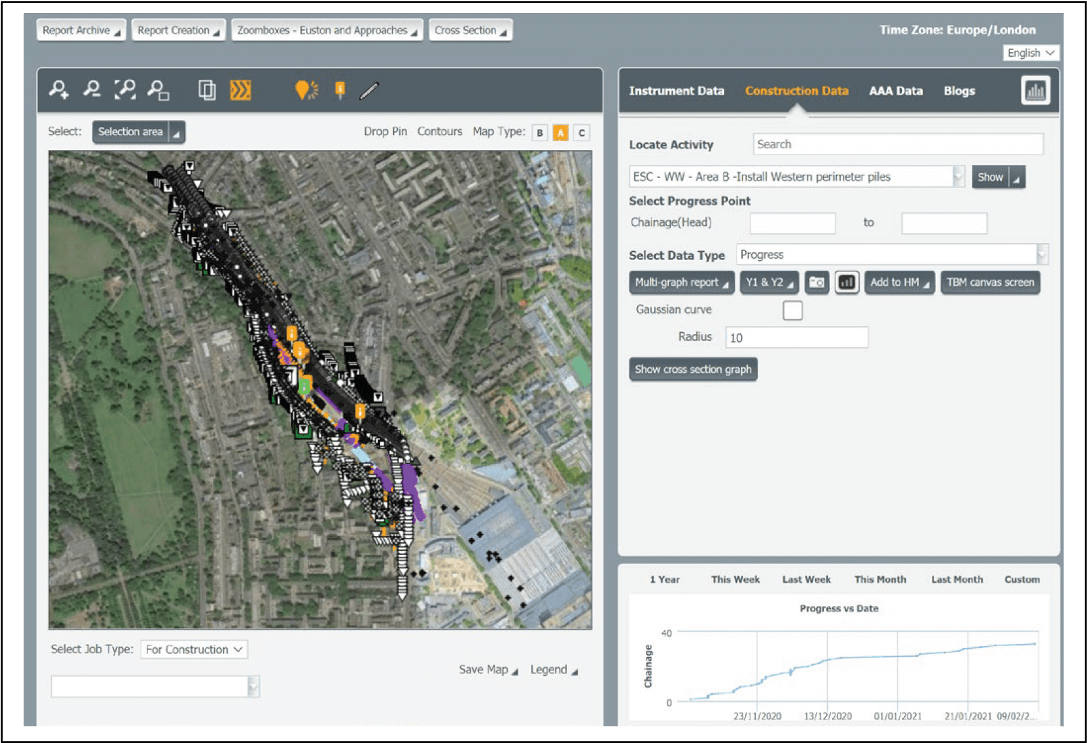
Each progress record can have commentary and photo and document metadata records attached.
Addition of progress for jobs is extremely easy and can be via direct input, file upload or email, or from machine data sources. Mission keeps the activity ID for the master programme so rates of progress can be communicated and updated directly allowing for better forecasting.
In addition to simple progress records the user can define activity recording schemes build around delays codes. These activity schemes can be applied to the Master or Parent activities and can track the activities behind the production of each subjob element.
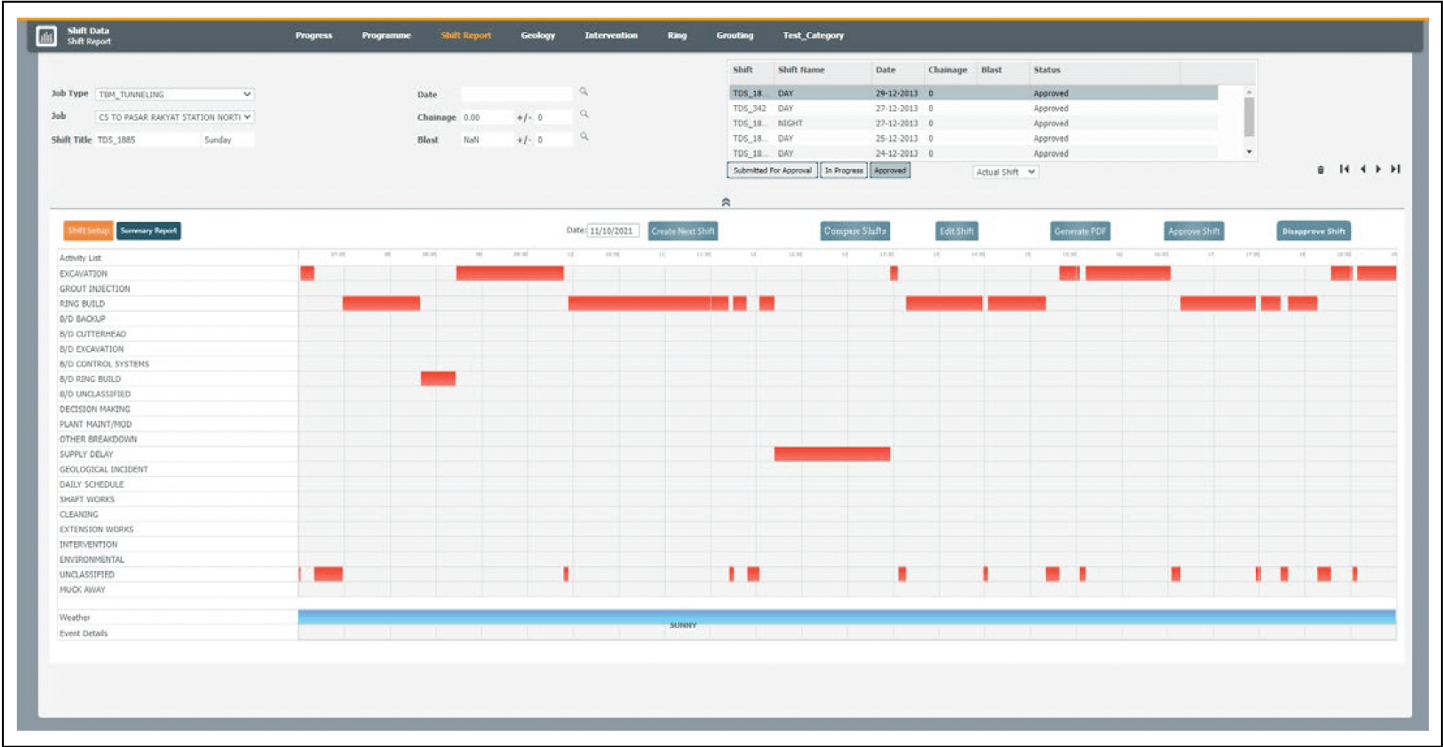
Various shift management options are available from simple manual reports to zones based and fully automated production monitoring linked to multiple machines.
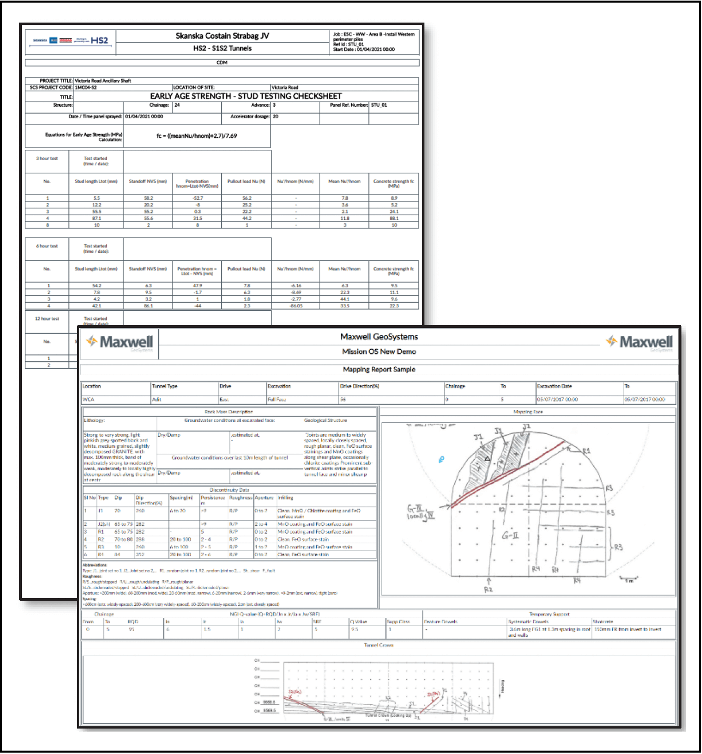
Each time entry can be linked to progress of a job and construction records so that that all records are intimately linked to each object. These records are completely configurable by the users and can be set up to follow any specification requirement or business branding.
MissionOS is the ideal cloud location for storing large data sets including point clouds and terrain models (DTM).
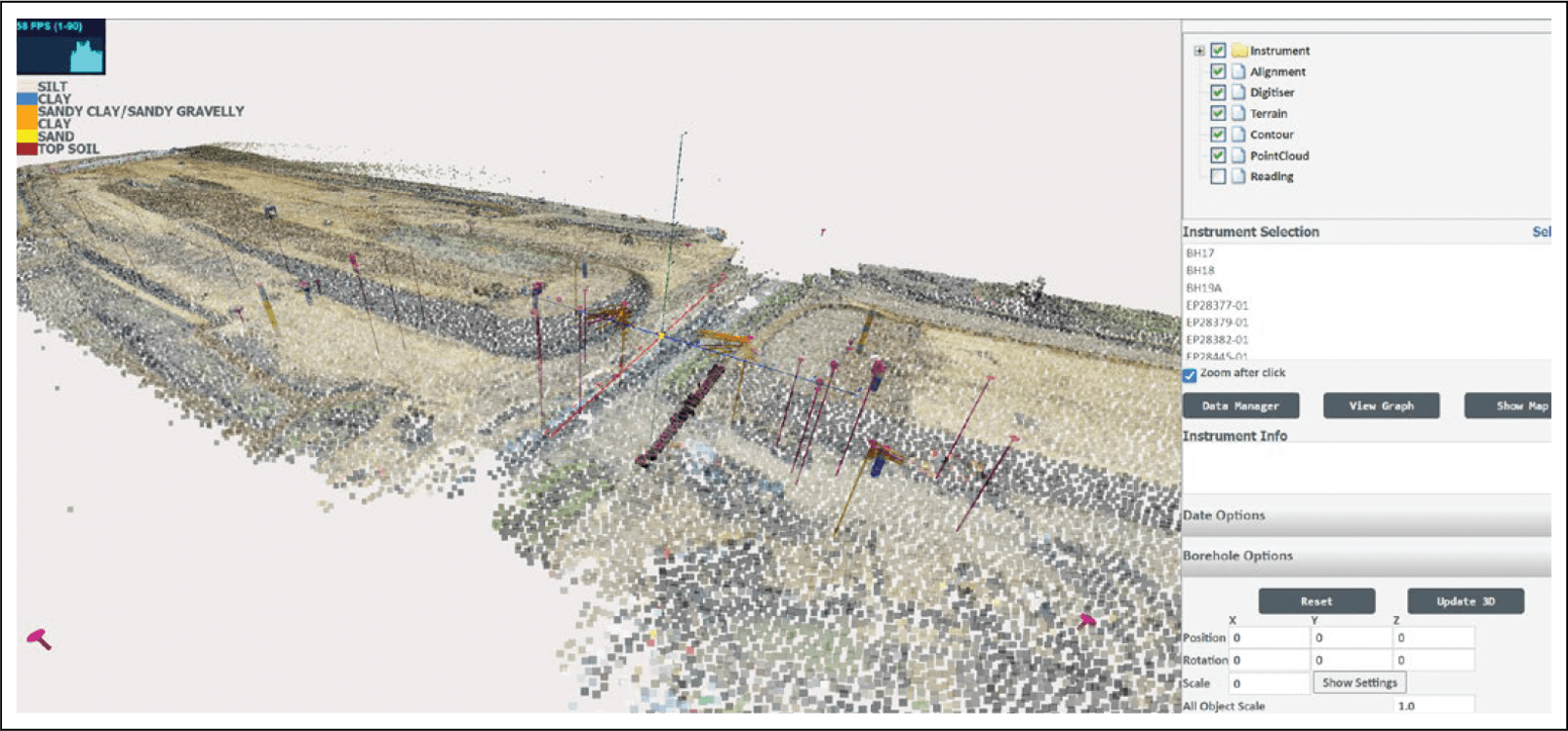
The common data environment in MissionOS also enables the inclusion of geotechnical BIM. Users can visualize and assess the geology and geotechnical conditions directly with traditional BIM objects, achieving better understanding and effective communication of the subsurface works.
Ground models can be created directly from digital borehole data using a variety of surface modelling tools in addition to powerful geostatistics.
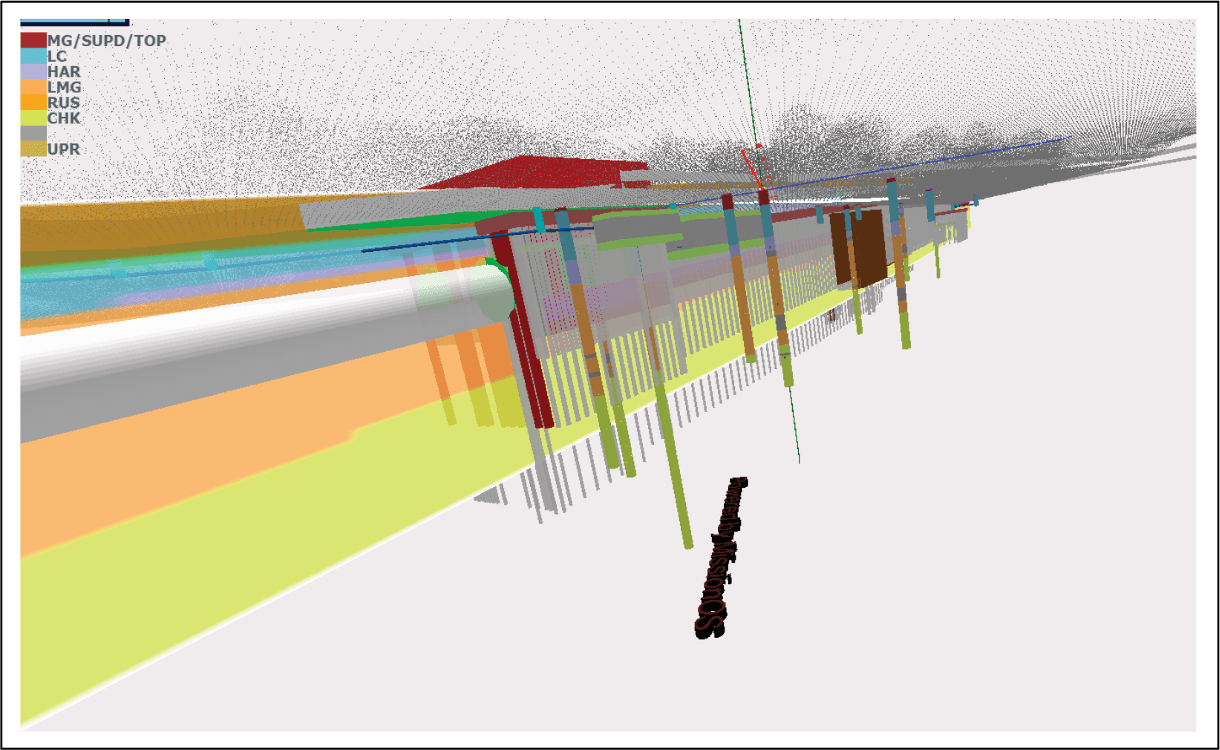
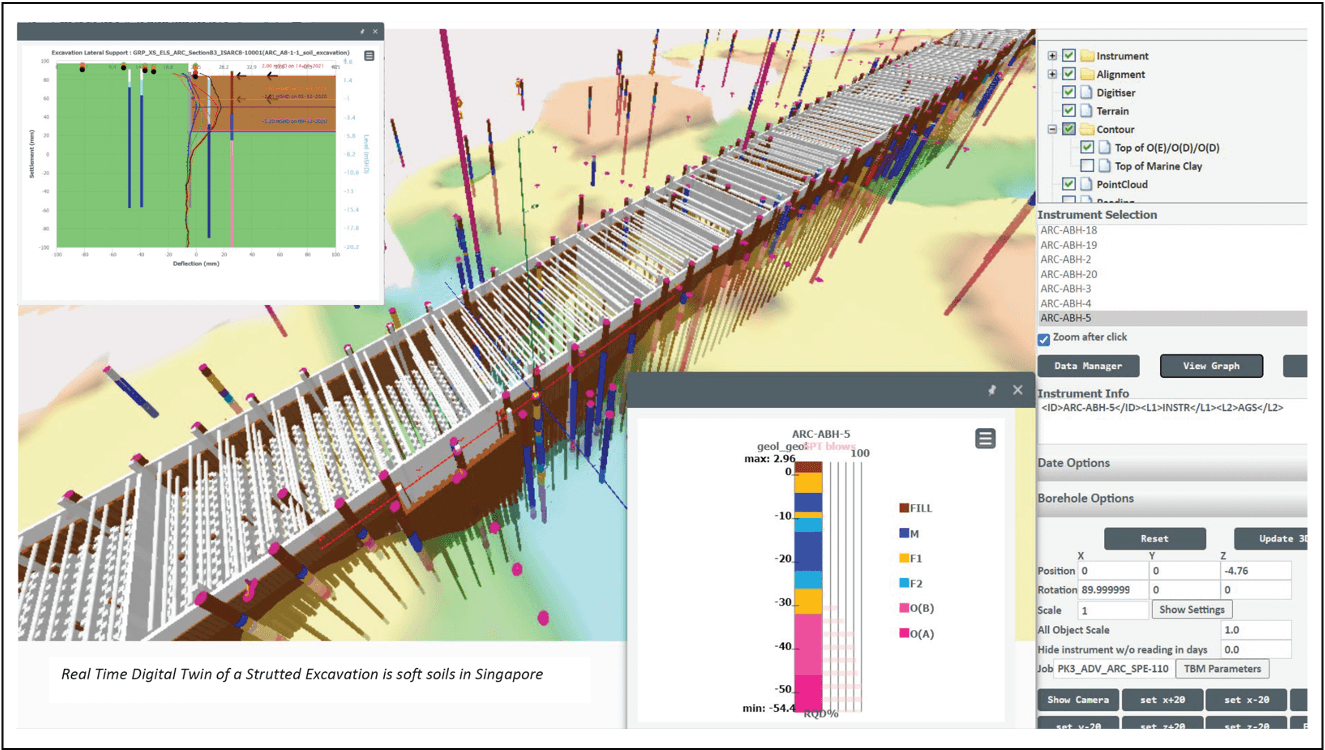
Design information is also linked to the progress of excavation objects and is linked to instrumentation and geology through useful feedback graphs and interfaces.
MissionOS is highly future proofed, with projects from the software’s inception in 2010 still available online, This is ideal for long term asset management. By also using the blogging and reporting system, users get a platform for highly effective asset maintenance management with the continuity to actual construction phase.
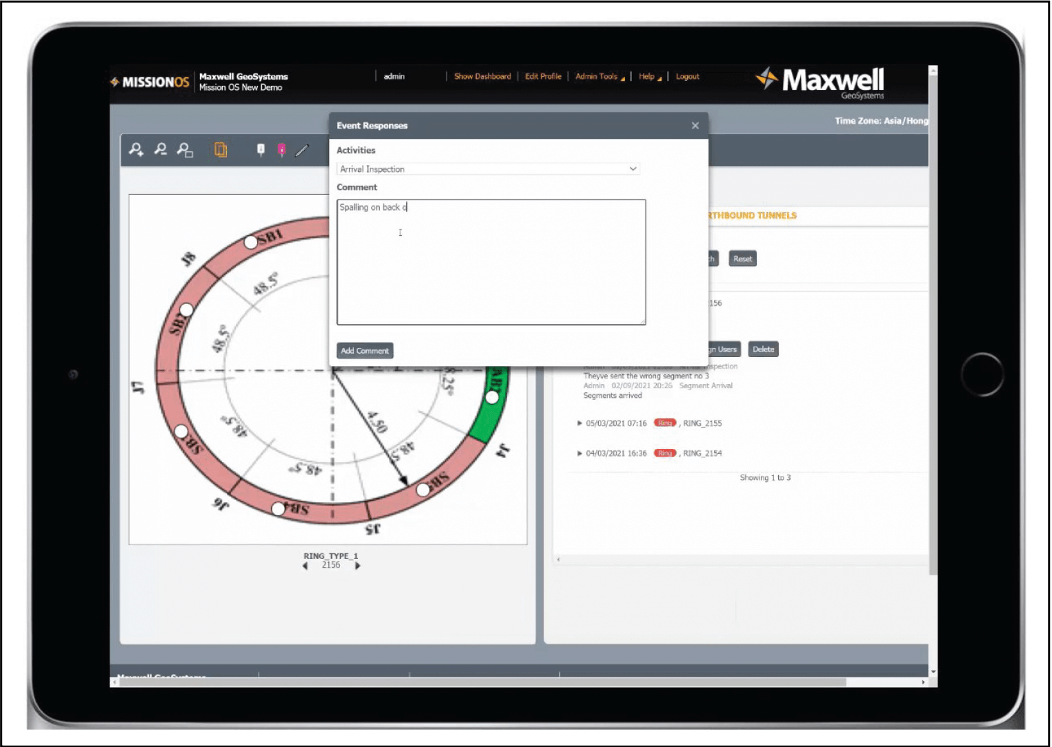
The MissionInspector has been designed specifically as a simplified tablet and mobile phone based entry point for BIM metadata. In inspector, teams can add commentary to blogs, manage actions, track time and create records. Each location is shown with its as built section drawing ready for annotation using the built in tools.
Connect directly with a Maxwell GeoSystems support expert via email, or live chat.
Gain access to MGS Learn, the online learning platform for free, self-paced courses on product and topic-based certifications.
Discover all the latest product information on MissionOS and share your experiences with other system users.